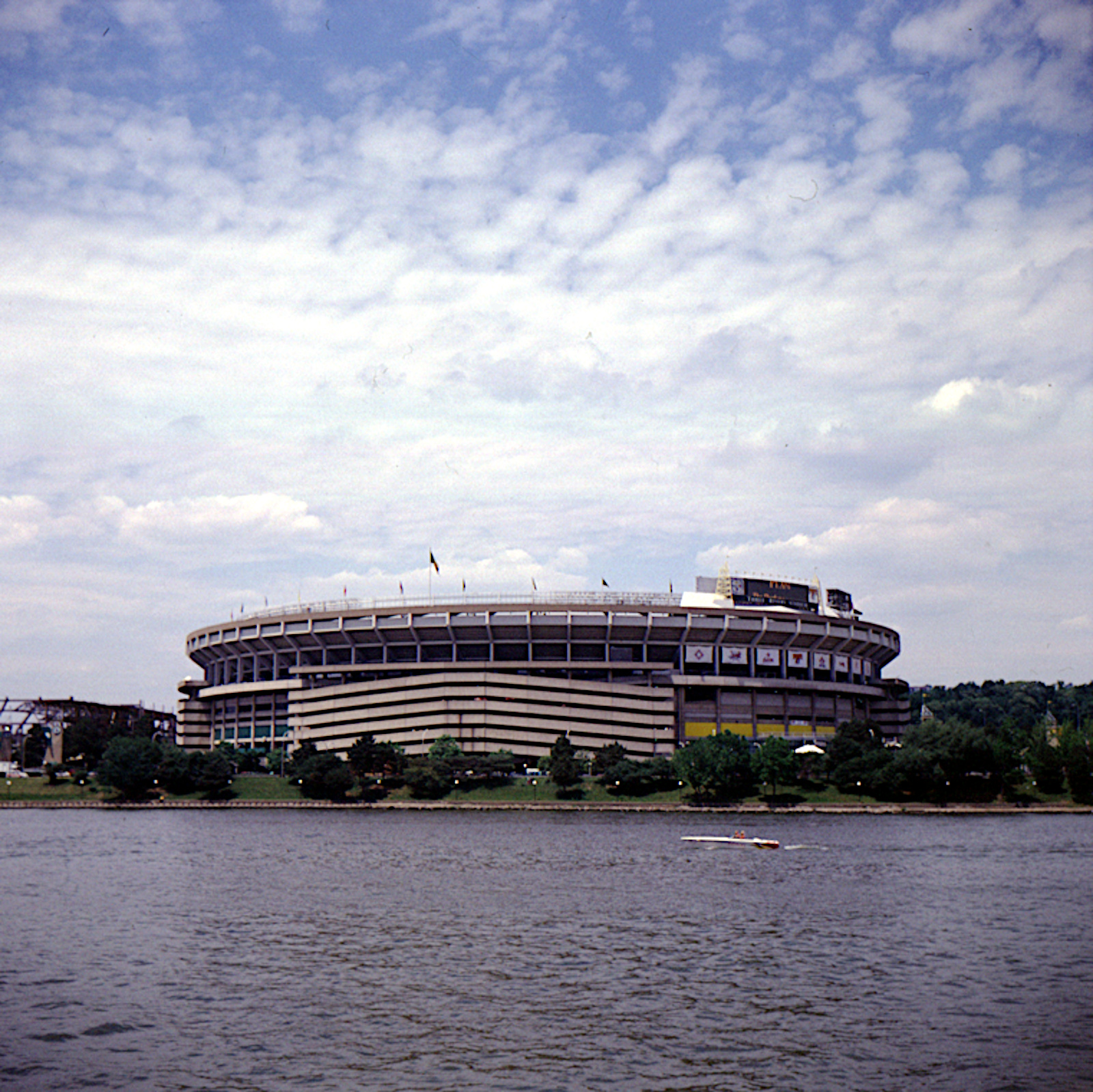
More of St. Boniface on East Street. These pictures were taken with a Samsung Digimax V4, which was quite a camera in its day. Though it fits (lumpily) in a pocket, it has a Schneider-Kreuznach Varioplan lens and allows manual control of everything. It is also the slowest camera old Pa Pitt has ever used, and he includes folding roll-film cameras in that calculation. It is especially slow if you set it to save in uncompressed TIFF format; then the time between shots is about 45 seconds, during which one could probably expose a whole roll of 620 film in a 6×9 roll-film camera.

But Father Pitt has decided to make this limitation part of the artistic experience: he knows he will be taking one shot, and thus has a strong motivation to compose it carefully. He has also set the camera to black-and-white only, making it his dedicated monochrome camera. In effect he has turned it into a Leica Monochrom, but one with a 4-megapixel sensor instead of a 40-megapixel sensor. It is in fact nowhere near a Leica Monochrom, but it does take pretty good pictures. And Father Pitt paid about $8 for it instead of $8,000, so he believes his money was well spent.


















